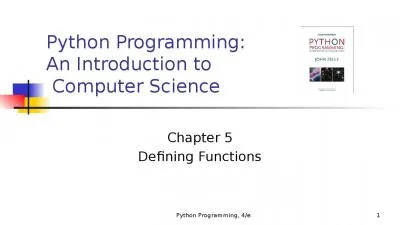PPT-Introduction to Python Programming
Author : eddey | Published Date : 2024-02-03
Part 6 String Manipulation How to use this resource Within each unit you will learn how to develop and apply a range of Python programming skills Skill explanations
Presentation Embed Code
Download Presentation
Download Presentation The PPT/PDF document "Introduction to Python Programming" is the property of its rightful owner. Permission is granted to download and print the materials on this website for personal, non-commercial use only, and to display it on your personal computer provided you do not modify the materials and that you retain all copyright notices contained in the materials. By downloading content from our website, you accept the terms of this agreement.
Introduction to Python Programming: Transcript
Download Rules Of Document
"Introduction to Python Programming"The content belongs to its owner. You may download and print it for personal use, without modification, and keep all copyright notices. By downloading, you agree to these terms.
Related Documents

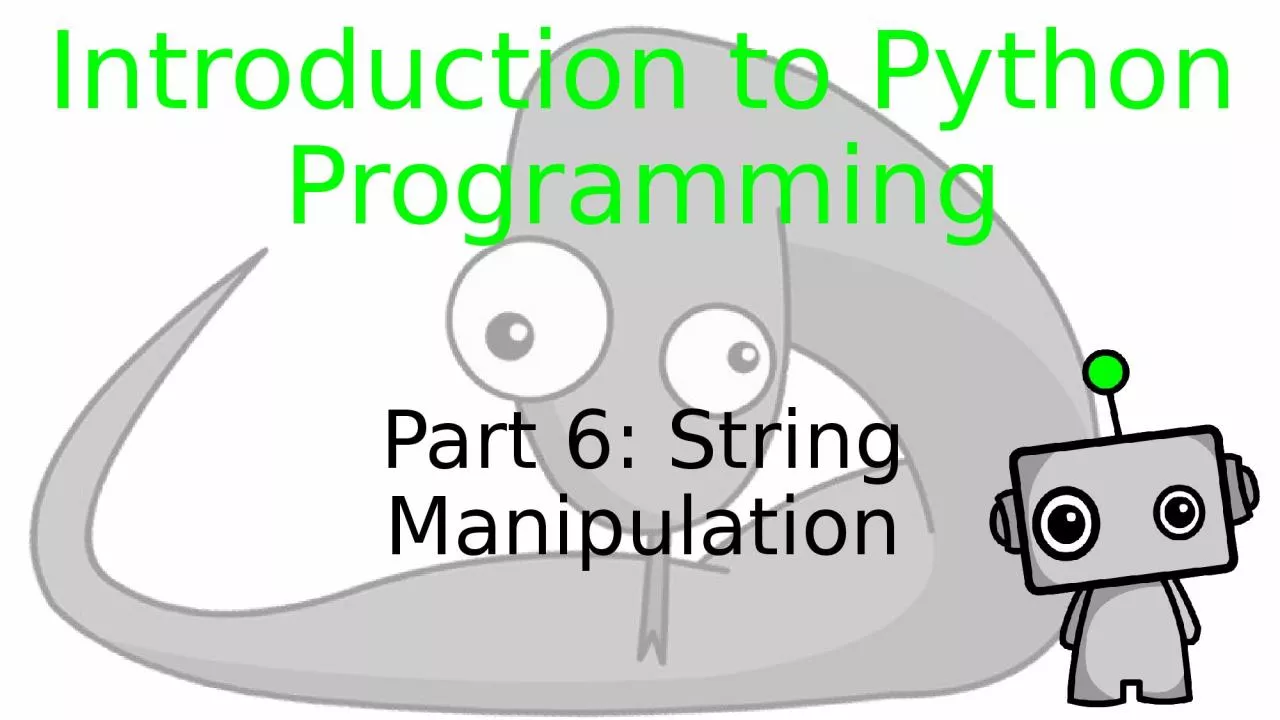
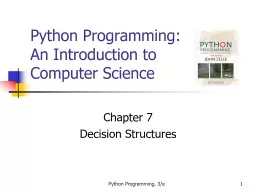
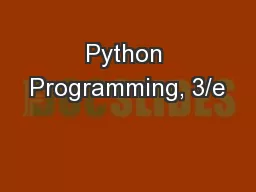

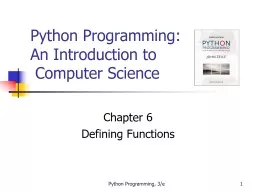
![[FREE]-PYTHON PROGRAMMING FOR BEGINNERS Your Personal Guide for Getting into Programming,](https://thumbs.docslides.com/970688/free-python-programming-for-beginners-your-personal-guide-for-getting-into-programming-level-up-your-coding-skills-from-scratch-and-use-python-like-a-mother-language-python-programming-language.jpg)
![[BEST]-PYTHON PROGRAMMING FOR BEGINNERS: Your Personal Guide for Getting into Programming,](https://thumbs.docslides.com/975297/best-python-programming-for-beginners-your-personal-guide-for-getting-into-programming-level-up-your-coding-skills-from-scratch-and-use-python-like-a-mother-language-python-programming-language.jpg)
![[BEST]-Programming 11:C Programming Success in a Day & Rails Programming Professional](https://thumbs.docslides.com/980146/best-programming-11-c-programming-success-in-a-day-rails-programming-professional-made-easy-c-programming-c-programming-c-programming-language-rails-android-programming-ruby-rails-php-css.jpg)
![[FREE]-Programming 16: Python Programming In A Day & C Programming Professional Made Easy](https://thumbs.docslides.com/980148/free-programming-16-python-programming-in-a-day-c-programming-professional-made-easy-c-programming-c-programming-c-programming-language-html-python-python-programming-coding-css-java-php.jpg)
![[FREE]-Programming 31: Python Programming In A Day Excel Shortcuts (Python Programming,](https://thumbs.docslides.com/988862/free-programming-31-python-programming-in-a-day-excel-shortcuts-python-programming-python-language-python-for-beginners-excel-programming-languages-excel-programming.jpg)
